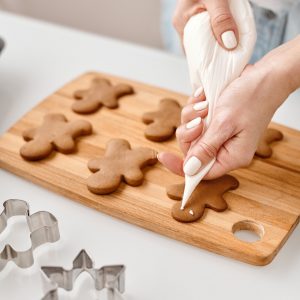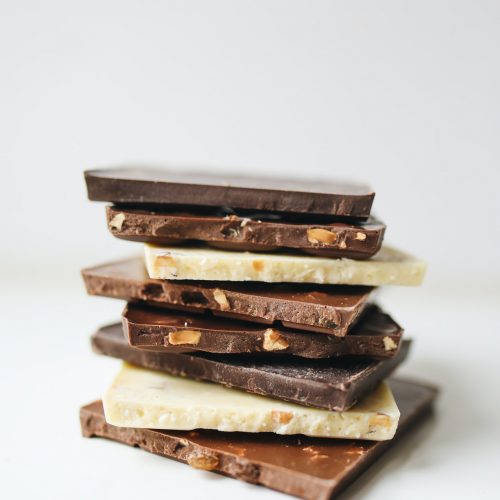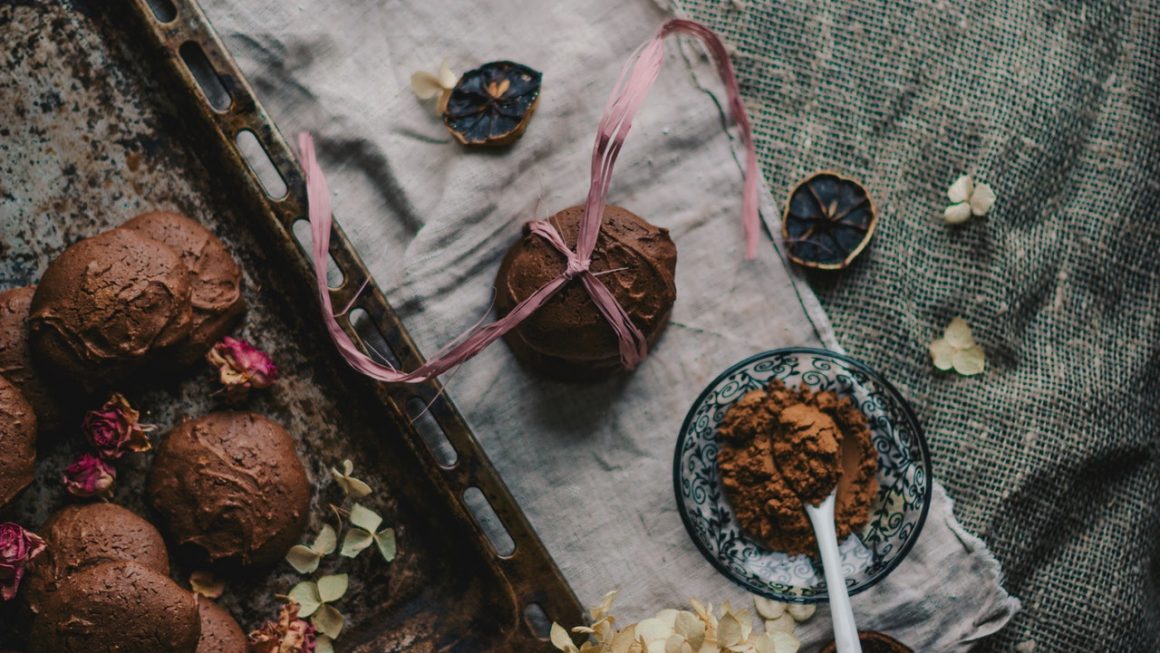Being spoilt for choice can be both beneficial and confusing; more so when deciding on which ingredients would best suit your meal. Baking/ cooking chocolate too can pose a similar confusion both in terms of taste and type. If you are looking to use cooking chocolate in the kitchen, make note of these factors.

1. Choose the right form of Chocolate
As with anything, baking chocolate comes in different forms that can be utilized depending on its purpose. While chocolate bars are ideal cookies, pudding and cakes; wafers can be used for glazes and ganaches. Alternately, your dish can also be topped with chocolate chips that add a perfect finish to your baked goodies.
2. Know your level of sweetness
Bittersweet chocolate and semi-sweet chocolate can be used interchangeably as there is no large variation in cacao content between the two. This range of chocolates can also be used in most recipes.
On the other hand, unsweetened chocolate requires a degree of caution due to its dark and bitter taste. This however can be eliminated by mixing it with butter or cream to create a sense of richness. Additionally, a sweetener such as sugar has to be added when unsweetened chocolate is used.

3. Milk, dark or white?

Last but not least, the content of milk and sugar in chocolate plays a significant role in determining its use. Milk chocolate for example, is best used without additional sweeteners, whereas dark chocolate may bring out a more bitter flavor in your dish. Alternatively, due to the absence of cocoa, white chocolate is rich in sweetness and thus needs to be combined with a salty ingredient such as nuts.

